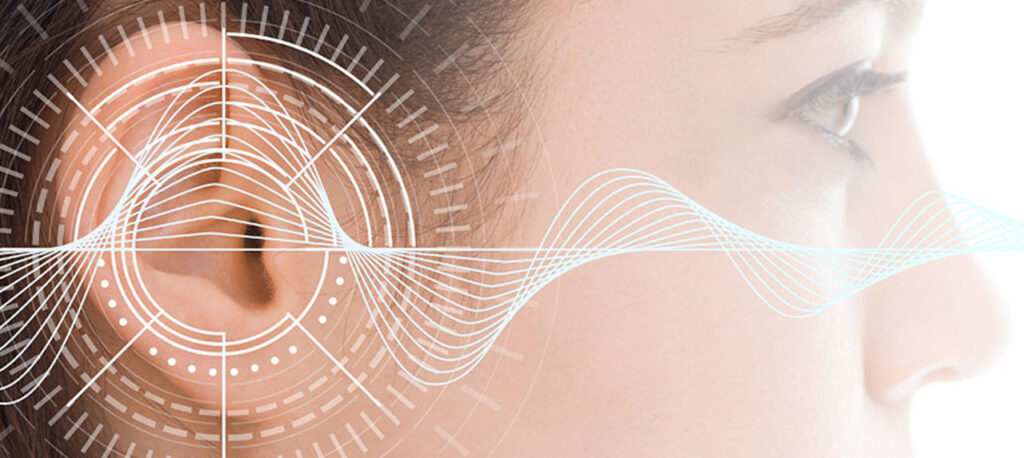
Getting a Handle on OTC Hearing Aids
Ended soon
If you haven’t heard that over-the-counter (OTC) hearing aids finally hit the market last month, you might be one of the 37 million Americans with hearing loss. On the other hand, if you’ve been watching this category as closely as we have, you already know the huge possibilities for makers and sellers. Winning in this space will require a deft combination of technology, distribution, marketing and support. Not necessarily in that order.
What’s Your Pitch?
Despite the similarities to something that already exists, OTC hearing aids are an entirely new product category. There’s no technology benchmark yet other than prescription hearing aids, which are more sophisticated, powerful and expensive, and not meant for the same hearing problems. They’re also not the same as music-designed earbuds with extra software settings, although some manufacturers will no doubt shuffle down that lazy path. More than the features, wich messages will best reach the target customers with mild-to-moderate hearing challenges? Who will be the first brand to de-stigmatize listening assistance for the not-deaf? Where will your USP come from? Styling? Name recognition? Audio quality? Battery life? Price?
Where Will You Sell?
There’s no genuinely organic retail channel for OTC aids yet. While products are already being sold by the usual online and brick/mortar retailers, none are likely to ever offer the high-touch/try-on experience that hearing aids have historically provided through a professional. In the early days of the earbud/headphone boom, manufacturers and retailers wondered how to offer demo stations where consumers could hear the improvements over their iPod’s white earbuds. It turned out that demos were unsanitary and impractical, and there’s no reason to see that changing here. About 9% of in-store purchases end up returned, and that rises to about 30% for online purchases. How can you manage a returns problem where the word sanitary might come up?
How Will You Differentiate?
The size, shape and cosmetics of OTC hearing aids could well end up determining the juice for one purchase over another. The ability to improve hearing is of course the uber-goal of this category, but as with other audio components, best performance doesn’t always finish first in the marketplace. We still don’t know which form factor(s) will win market acceptance. Hideaways like prescription aids? Models that look like hands-free Bluetooth sets? TWS buds that look like AirPods? There are already thousands of similar-looking products on the market. How can you cut through the noise?
How Will You Roadmap?
The first generation of “hearables” prior to the OTC ruling were essentially music-designed earbuds with some loosely customizable EQ and noise reduction settings. We don’t think that’s going to cut it for products that want to market themselves as hearing aids. How can manufacturers and marketers plot ongoing features that justify product evolutions? We believe that the products that end up providing the best facsimile of the prescription hearing aid experience will win the customers — and likely the interest of one of the big 6 makers that account for 80% of the worldwide market. The market-winning vibe may have little to do with mics, speakers or algorithms.
The Market Isn’t Proven, What Will Work?
Big market opportunities come with big challenges. The first generation of OTC hearing aids will make an outsized impression; this is a technology that millions of people have been waiting for. Get it right and there’s a huge market to win. Get it wrong and you could end up polluting an entire brand. Research, competitive analysis and out-of-the-box thinking are only a few of the needed ingredients. It won’t be long before this is a very crowded category. The time to strategize it is now.
# # #

Senior Partner Lew Brown oversees bluesalve partners’ health tech practice. Lew has deep expertise in consumer IoT, consumer technologies and consumer goods, and excels in bringing new products and technologies to market.
